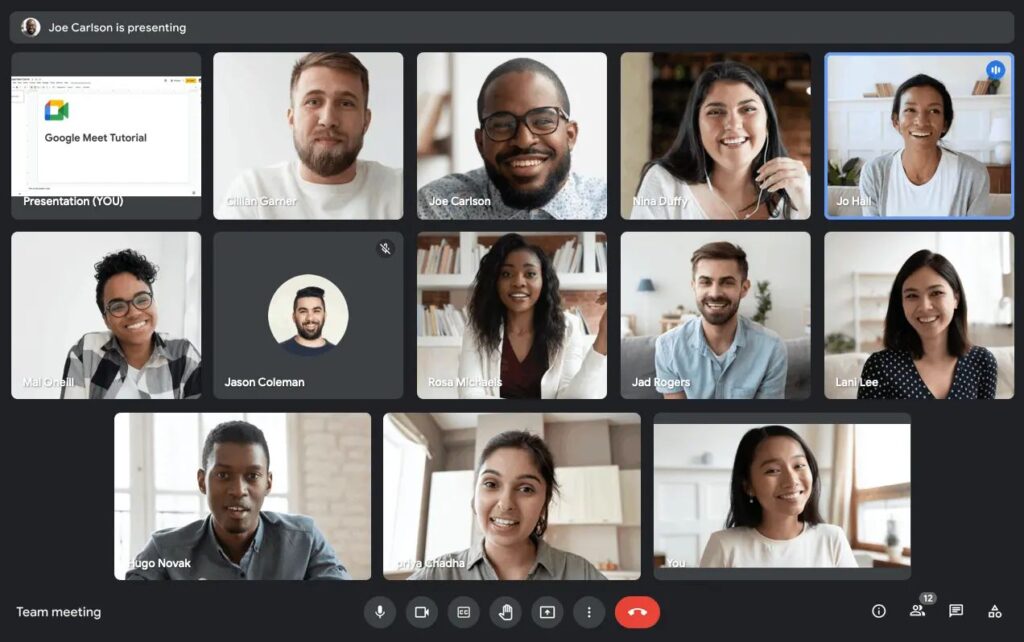The landscape of digital marketing is ever-evolving, and one of the most dynamic aspects of this domain is pay-per-click (PPC) advertising. For businesses aiming to increase their online visibility and drive targeted traffic to their websites, PPC offers a powerful and versatile tool. However, the key to truly reaping the benefits of PPC lies in understanding its intricacies and optimizing campaigns to achieve the best return on investment (ROI).
The Fundamentals of PPC Advertising
PPC advertising, as the name suggests, is a model where advertisers pay a fee each time one of their ads is clicked. It’s essentially a way of buying visits to your site, rather than attempting to earn those visits organically. Google Ads is the most popular platform for PPC, allowing advertisers to bid for ad placement in Google’s search results and on other affiliated websites. However, there are other notable platforms like Microsoft Ads, Facebook Ads, and LinkedIn Ads, each with its unique audience and advantages.
Understanding the fundamentals of PPC is crucial. The process begins with keyword research, identifying the terms that potential customers are searching for. Advertisers bid on these keywords, and when a user types in a query containing one of the keywords, an auction is triggered. Factors such as the bid amount and the quality score of the ad determine the ad’s placement. The quality score is influenced by the ad’s relevance, the expected click-through rate (CTR), and the landing page experience. Thus, creating highly relevant ads and optimizing landing pages are paramount to success in PPC campaigns.
Crafting Effective Ad Campaigns
Creating a successful PPC campaign involves more than just selecting the right keywords. The ad copy must be compelling and tailored to the audience’s needs and interests. A well-crafted ad will include a strong call to action (CTA), encouraging users to take the desired action, whether it’s making a purchase, signing up for a newsletter, or downloading a resource. Additionally, ad extensions, which provide extra information like site links, contact information, and user reviews, can enhance the ad’s visibility and effectiveness.
Another critical aspect of crafting effective ad campaigns is segmentation. By dividing your audience into smaller, more targeted groups, you can create more personalized ads that resonate with specific demographics or interests. This approach not only improves the relevance of your ads but also increases the likelihood of engagement and conversion. Utilizing advanced targeting options, such as geographic targeting, device targeting, and audience targeting based on user behavior, can further refine your campaigns and maximize their impact.

Optimizing and Measuring ROI
Once your PPC campaigns are up and running, continuous optimization is necessary to ensure you’re getting the best possible ROI. This involves regularly analyzing performance data and making adjustments to improve results. Key metrics to monitor include click-through rate (CTR), conversion rate, cost per click (CPC), and cost per acquisition (CPA). By tracking these metrics, you can identify which keywords, ads, and landing pages are performing well and which ones need improvement.
A/B testing is a powerful method for optimization. By running multiple versions of an ad or landing page simultaneously, you can compare their performance and determine which version yields better results. This iterative process helps in fine-tuning your campaigns and making data-driven decisions that enhance their effectiveness. Additionally, leveraging automated bidding strategies provided by platforms like Google Ads can help in optimizing bids to achieve specific business goals, such as maximizing conversions or targeting a particular CPA.
Conclusion: The Path to PPC Success
Maximizing your PPC advertising ROI requires a comprehensive understanding of the PPC ecosystem, from keyword research and ad creation to continuous optimization and performance measurement. By focusing on relevance, segmentation, and data-driven strategies, businesses can harness the power of PPC to drive significant growth and achieve their marketing objectives. The dynamic nature of PPC advertising means that there is always room for innovation and improvement, making it an exciting and rewarding aspect of digital marketing.




